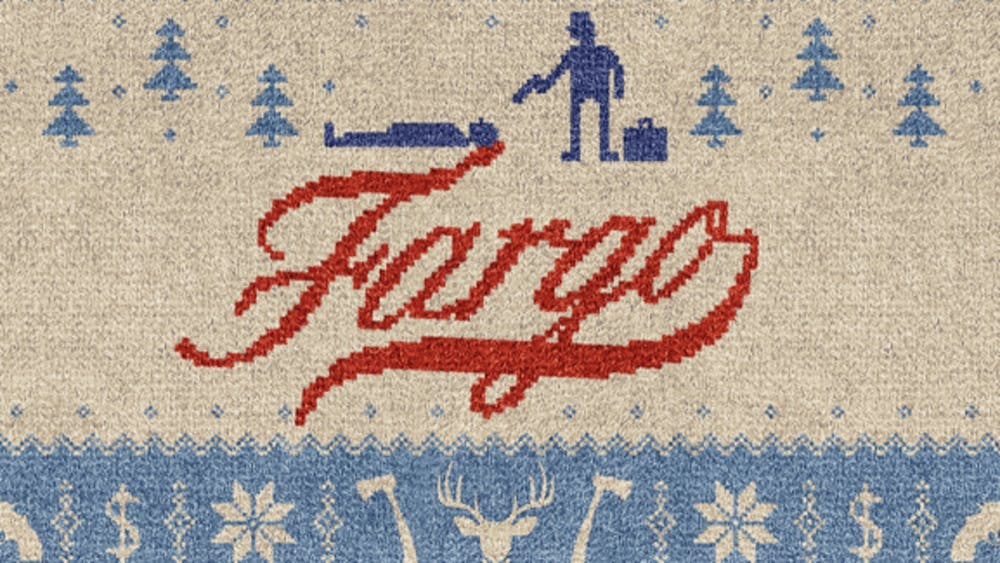The second season of the TV series “Fargo” moved on — to the audience’s anticipation — from the source material offered by the movie. The first season, by no means a shot-for-shot remake, had the benefit of borrowing heavily from the film, especially from its central characters. Over the course of the season, protagonist Molly Solverson (Allison Tolmon) increasingly resembled the film’s pregnant protagonist, Marge Gunderson (Frances McDormand), and pathetic insurance salesman Lester Nygaard (Martin Freeman) was a clear play on the film’s car salesman, Jerry Lundegaard (William H. Macy). Where the first season excelled in its original elements, especially Billy Bob Thornton’s Lorne Malvo, the second season benefits from plunging head into original territory.
The second season is still referential, with plays on the iconic wood chipper scene as well as the film’s kidnapping plot, but the season as a whole pays homage to the executive producers’ — the Coen Brothers — films in general. Throughout the season, the show regularly borrows music from “O Brother, Where Art Thou?” and “The Big Lebowski” in addition to bringing back the classic “Fargo” theme for the finale.
The season was full of visual nods to other films. The Waffle Hut franchise from “The Ladykillers” makes a brief but important appearance, as does a version of the head in the box from “Barton Fink,” and over the last few episodes, several of killer Hanzee Dent’s (Zahn McClarnon) scenes play on depictions of Anton Chigurh (Javier Bardem) from “No Country For Old Men.” Even though the focus is still on the true crime genre, the series focuses on a broader appreciation for the Coen Brothers. In a series that so effectively captures the humor and drama of the films, the effort is a resounding success.
At times, the show has more compelling characters than it can make time for. It deals with this admittedly good problem by focusing episodes, especially later in the season, around specific characters. The season’s seventh and eighth episodes — “Did you do this? No, you did it!” and “Loplop” — run parallel to each other, setting up for the climax in the ninth episode, focusing first on mob enforcer Mike Milligan (Bokeem Woodbine) and second on Milligan’s counterpart, Hanzee. Even though Milligan and Hanzee are among the most compelling characters from their respective introductions, both benefit from the chance to explore their motives.
This structure especially serves character Peggy Blumquist (Kirsten Dunst). Early in the season, Peggy seems to be an unsympathetic Lady Macbeth-type character, but writers reveal that she is motivated more by insanity than by malice. She eventually develops into a more compelling comedic role.
Standing apart from the criminal element is protagonist and father of eventual season one protagonist, Lou Solverson (Patrick Wilson). As in the movie, Lou’s role is split between investigation and his peaceful domestic life, with a compelling twist in his wife, Betsy (Cristin Milioti), who is dying of cancer. While this allows for a quiet ending, it also raises the emotional stakes for Lou. Despite being the most predictable character, Lou and his relationship with his family remain the heart and soul of the show.
While the first season of “Fargo” was strong but overshadowed by fellow crime anthology “True Detective,” season two finds its footing, emerging from its status as an underrated standout to possibly the best show on television.







